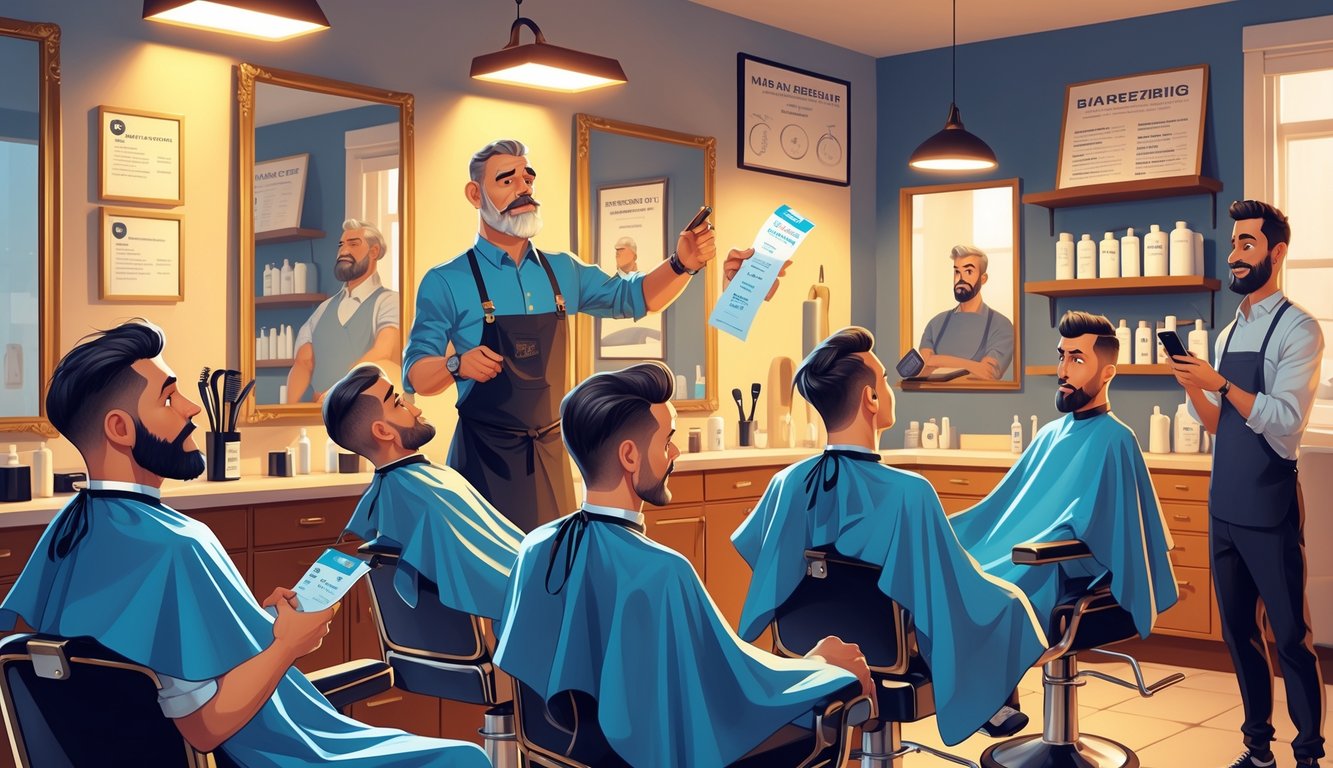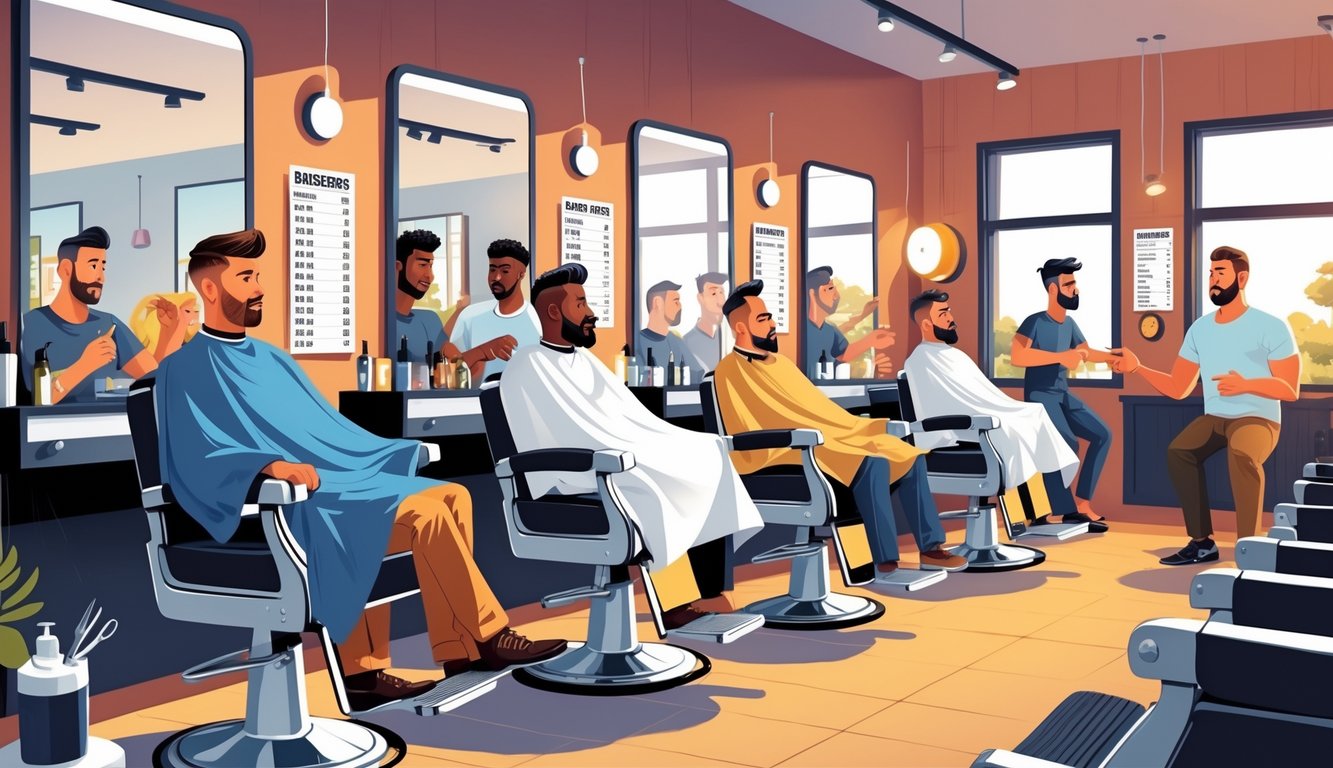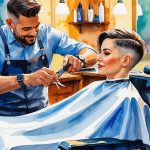
Decoding the Cost by Haircut Numbers

Before anyone whines about “it’s just a buzz,” I’ve seen enough guys at checkout looking stunned when a fade with a number 2 guard costs 30% more than last year. It’s not just the number on the guard—every cut now means more time, pricier tools, and, yeah, inflation sneaking into every snip.
Number 0, 1, and 2: Ultra-Short Cuts
Let’s be real: zero, one, and two used to be the budget picks. Not anymore. I remember when a number 1 fade was $18 before the pandemic. Now? $28 is the norm. “Barbershop inflation is real,” Rico Johnson (NYC master barber) told Moguldom recently. “Supplies doubled in price.”
Number 0 basically shaves you bald. Dermatologists (actual ones, not TikTok randoms) say that means more sunburn risk—guys forget sunscreen, always. Clippers have to be spotless, because scalp infections are a thing (gross, but true). That’s extra work that doesn’t show on the price list.
Numbers 1 and 2 barely leave hair, so you’d think maintenance is easy. But stubble grows in weird, and suddenly you’re back every week. It feels like a deal until you realize you’re booking double the appointments.
Number 3, 4, and 5: Versatility and Value
Numbers 3 to 5—kinda the Goldilocks range, not too short, not too styled. A number 3 with a blend means you might skip a few weeks between cuts, so maybe you save money? Not really. Each visit can be $35–$45, depending on where you live. Barbers spend more time on blending, scissor work, and fighting cowlicks (seriously, why do we all have them?).
I always double-check crown transitions when I do a number 4. My hands cramp when someone wants “a number 5, but super tight sides and choppy top.” NABBA’s 2025 report says these cuts are big with office guys who want to look put together but not like they just joined the army.
Nobody asks for a 3 and leaves it at that. They want symmetry, which means more sectioning—there’s your time cost. And if someone comes in after “growing it out for winter,” my clippers choke on a number 5. Suddenly, a “quick trim” is a 23-minute saga.
Number 6, 7, and 8: Longer Options
Six, seven, eight—guys act like these are “just trims,” but the price jumps. $40–$60, sometimes more if you want a blow-dry. Long guards don’t save time. My clippers bog down on thick hair at number 7, so I keep backup blades ready. There’s more scissor work on top, because nobody wants to leave with a mushroom head (I asked, nobody said yes).
Longer cuts mean texturizing, layering, and more personal styling. Even fades need a delicate touch, and if you haven’t been in for six weeks, a number 8 takes forever to even out. More guys now ask for “that matte clay from YouTube” or want a hard part with a quiff—one guy’s “simple” number 6 took almost an hour. That’s not a trim, that’s a workout.
What really gets me? People think longer hair means less work. My accountant, Lisa, always asks why I block extra time for number 7s. She’s never held a clipper. And the loudest complaints about price always come from guys with the highest guard numbers, like hair past half an inch should be a freebie.
Barbers’ Perspectives: Why Prices Are Up
It’s Wednesday, I’m still staring at my receipt, and I swear the shampoo must’ve been swapped for caviar. Everyone’s grumbling about prices, but between rent spikes and these weird “mandatory” upgrades, nobody’s getting out cheap. Last week, a shop owner told me his new clippers cost more than my whole wardrobe. Is that real? I don’t even know anymore.
Costs of Tools and Supplies
Shears, razors, even the blue disinfectant—suddenly everything’s “premium.” I watched Luis (my barber for years, always booked) peel a $210 sticker off a new Andis Master. His old one died after eight months; he swears they used to last three years before COVID. Inflation isn’t just a headline. Neck strips doubled, rent’s up, and even the little stuff like aftershave quietly eats into profits.
Luis keeps a spreadsheet (I saw it, no joke). Disposable razors, Barbicide—$25 now, up from $14 last year. Nobody mentions how much clipper blades cost. “You want a sharp fade, I want to eat lunch,” Luis says. Somehow, a bottle of aftershave going up five bucks changes everything.
Training and Skill Investments
Here’s the kicker—nobody nails a perfect fade by accident. Every good barber I know dropped thousands on classes, color blending certs, and endless online modules (Pivot Point, Menspire, you name it). Basic workshops? Never under $400. Plus, every hour spent practicing is an hour not cutting hair, so less money right there.
“Clients want TikTok trends, but nobody teaches Edgar cuts in barber school,” Madi told me. She logged 1,200 hours on YouTube and shadowed some Instagram fade guru for free. The grind is real: licensing, continuing ed, insurance—all up at least 15% since 2022 (Professional Beauty Association says so). Skip it and you risk state fines or losing clients for a crooked lineup. I once caught my barber watching texture tutorials at midnight. No shortcuts, just chasing that perfect cut for every guy.



